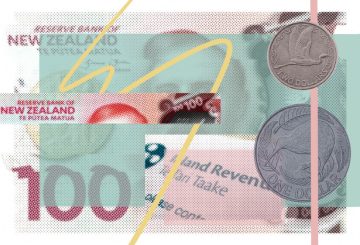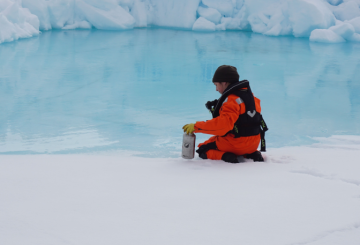우주 애호가들은 대기를 뚫고 떨어지는 유성을 볼 수 있는 보안 영상을 찾고 있습니다.부활절 금요일 밤, 남섬에서 오클랜드에 이르는 사람들이 하늘을 가로지르는 밝은 줄무늬를 보거나 큰 소리로 울리는 소리를 들었다고 보고했다.심지어 어떤 사람은 집이 흔들렸다고 말하기도 했다.
파이어볼 아오테아로아 (Fireball Aotearoa) 그룹의 제시 스테이트는 같은 시기에 베이 오브 플렌티/와이카토 지역에서 비행기가 마주쳤기 때문에 정확히 무엇을 보았는지 파악하기 어려웠다고 설명했다.하지만 그는 쿵쾅 소리가 단서가 될 수 있다고 말했다. 비행기 때문에 일어난 사건이 아니라는 것을 알 수 있기 때문이다.
파이어볼 아오테아로아는 사람들에게 보안 카메라와 대시캠에 무슨 일이 있었는지 확인하는 데 도움이 될 만한 영상이 있는지 확인해 보라고 요청하고 있습니다.아직 새로운 유성을 찾을 수 있는 구체적인 위치를 알려줄 수는 없지만, 더 많은 정보와 이미지가 있으면 검색 범위를 좁히는 데 도움이 될 수 있습니다.
이달 초, 퀸스타운에서 불덩어리를 발견한 후 파이어볼 아오테아로아 수색팀이 테카포 호수 남쪽에서 발견했다.이는 뉴질랜드에서 발견된 10번째 운석에 불과하며, 운석을 회수할 수 있도록 불덩어리를 추적한 것은 이번이 처음입니다.
천문학계와 오타고 대학과 캔터베리 대학이 함께 운영하는 시민 과학 프로젝트인 파이어볼 아오테아로아 (Fireballs Aotearoa) 는 뉴질랜드 전역에 약 110대의 특수 밤하늘 유성 탐지 카메라를 설치했다.목표는 유성을 발견하고 더 많은 운석을 찾을 가능성을 높이는 것입니다.최근 두 번의 불덩어리 목격은 관련이 없었지만, 처음 목격했을 때 알아차렸던 점은 사람들이 두 번째 화염구를 알아차리는 데 도움이 되었을 수도 있습니다.






























































